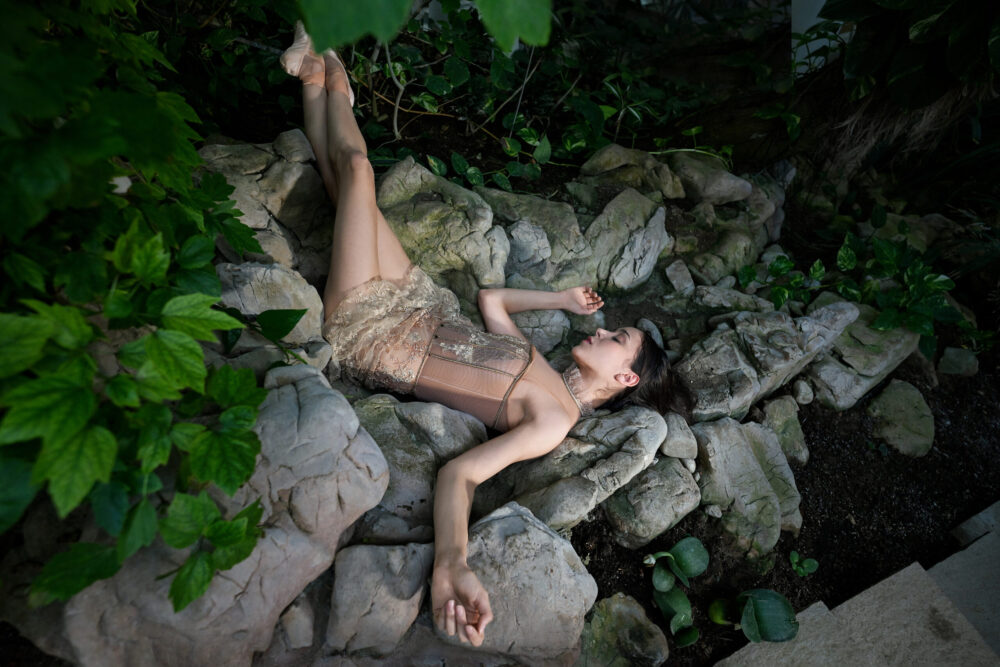Atelier Gespräch: Thinking Bodies – Body-Thoughts | Denkende Körper – Körpergedanken
In Kooperation mit dem Salzburger Landestheater
Montag, 18. März 2024 | 17:00 Uhr | Edmundsburg, Europasaal | Mönchsberg 2 | Salzburg
Anlässlich der Dornröschen-Produktion des Salzburger Landestheaters ist Univ.-Prof. Dr. Sabine Coelsch-Foisner im Gespräch mit Ariane Rindle (Ballett Company Management), Reginaldo Oliveira (Ballettdirektor und Choreograf), Flavio Salamanka (Kammertänzer) und dem Neurowissenschaftler Univ.-Prof. Dr. Tobias Heed (Fachbereich Psychologie, Paris Lodron Universität Salzburg).
Vorstellungen: 12.3. / 13.3. / 15.3. / 19.3. / 20.3. / 22.3. / 24.3. / 4.4. / 13.4. / 30.4. / 9.6. / 16.6.
Zum Inhalt (in Englisch)
Tchaikovsky’s ballet Sleeping Beauty, which premiered in 1890 at the Mariinsky-Theatre in Saint Petersburg (libretto by Ivan Vsevolozhsky) is based on Charles Perrault’s fairytale La Belle au bois dormant (1697). From a cultural studies perspective the story and its transmedial adaptations have a lot to offer in terms of symbols and archetypes – wishful dreaming, fated love and magic – whilst also prompting questions of sexual rivalry, otherness, bondage, and hate. Considering scenes like the brambles and briars parting of their own accord to let the prince enter the spellbound castle, the destined lovers immediately recognising each other, their lack of eloquence and his trembling wonder at her ‚almost unearthly radiance‘, Sleeping Beauty invites a critical focus on dance and body movements from a neurocognitive perspective. For the traditional view of the brain as linear – we perceive input, think about it, and then derive actions – is radically challenged by current research. We are often surprisingly wrong in how we perceive ourselves, both our body and our self, Tobias Heed argues. Thinking is influenced by our bodies, and some theories even claim that ‚moving is thinking‘. In this view, the brain attempts to make sense of the world through intentional interaction with the world, which is structured by its bodily experience and the hypotheses built through past experience. How do these ideas relate to dance, and how do dancers approach an alternative world like that of Sleeping Beauty and embody otherworldly identities? What can we learn from dancers?
Weitere Informationen finden Sie auf: https://kultur.sbg.plus/





